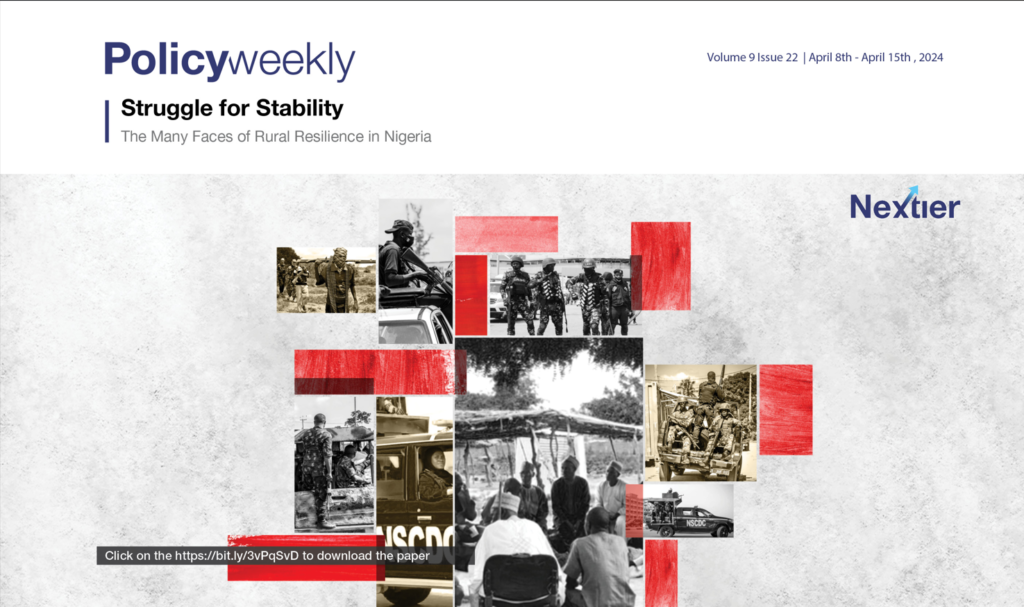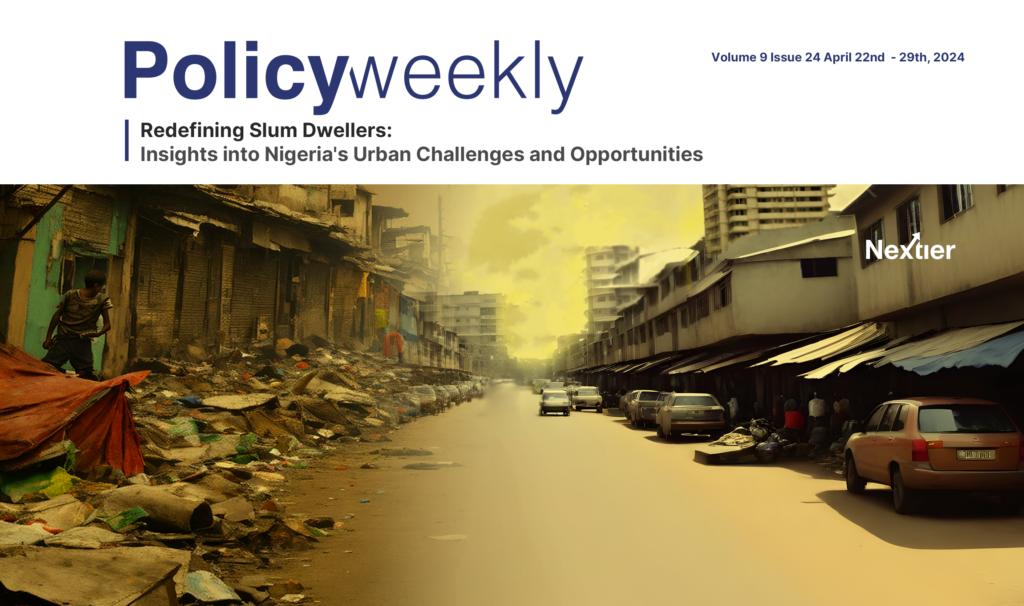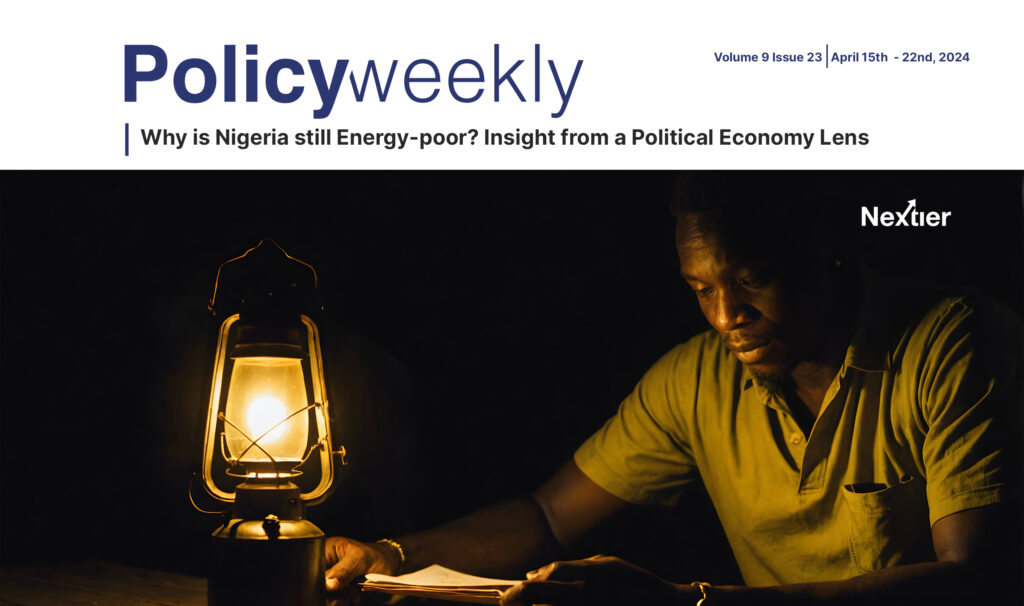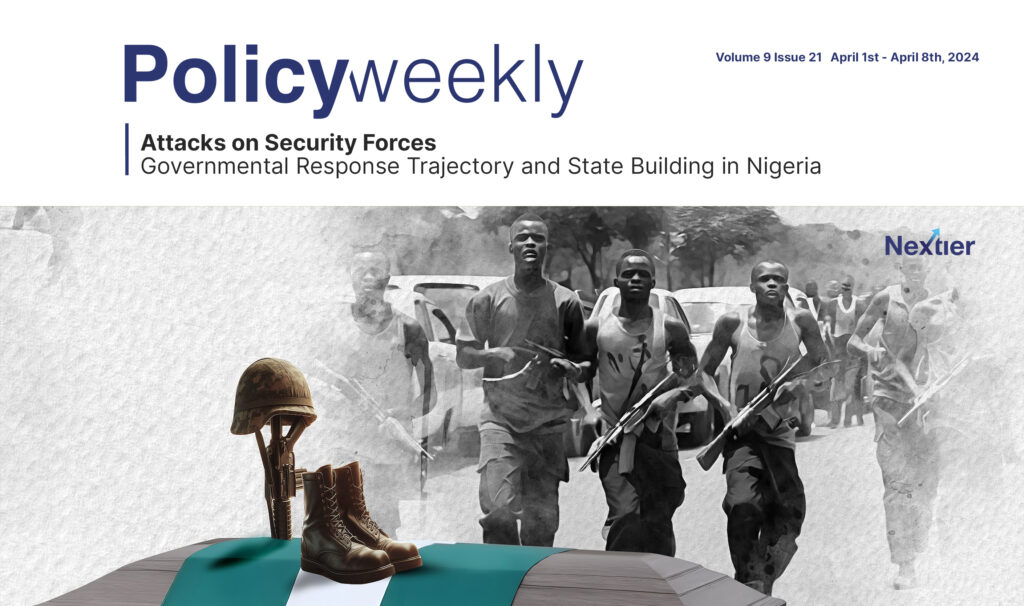Nigeria’s conflict theatres are evolving with new actors and incentives. Old wars have lingered, and new ones are creeping up, undermining security frameworks and creating millions of distraught victims. Hundreds of fatalities, kidnap victims, and displaced populations characterise many scenes across the country’s violent conflict hotspots. According to the Nextier Violent Conflict Database, 967 people have died from 261 violent incidents from January to March 2024. About 1,257 incidents were recorded in 2023. The figures for 2022 are not any different. However, the violence points to the scale and frequency of violent deaths in Nigeria.
The Nigerian state responds to a significant proportion of violent threats in the country with combative mechanisms. This has contributed to the unsteady yearly decline in violent incidents and fatalities in the country. Non-combative measures still intervene in the hotspots and provide varied assistance to stabilise communities. However, not enough is heard about incident prevention. While there is data to mark violent incidents in Nigeria, there is likely nothing to show for potential events thwarted by security efforts or other factors, including community-level peacebuilding.
This edition of the Nextier SPD Policy Weekly looks at the challenges to community-level conflict prevention efforts and how they can be better coordinated and out-scaled.
Click here to download report



